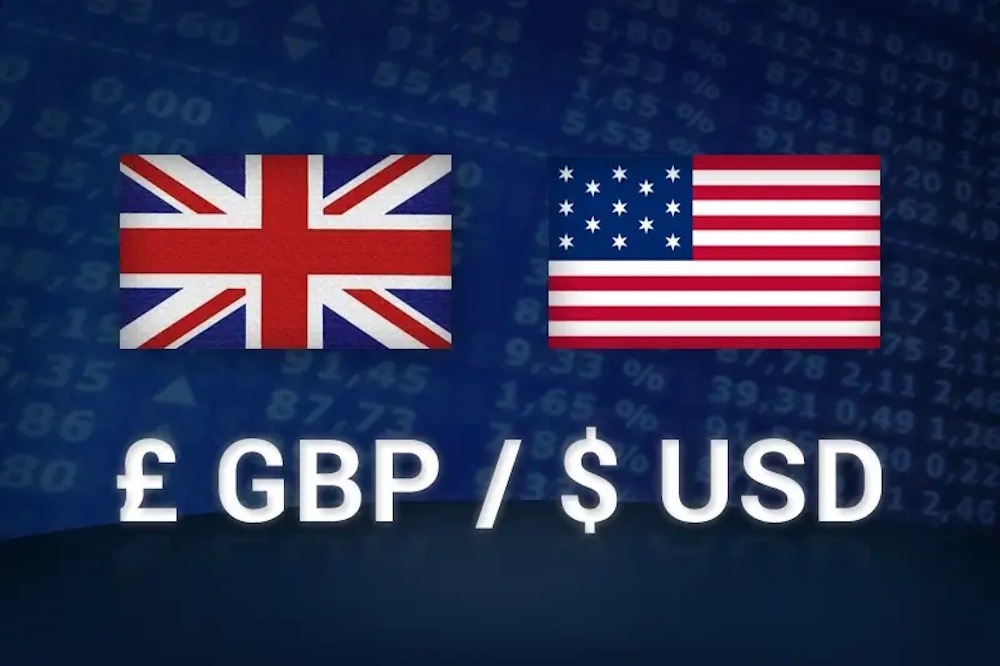EUR/USD rises beyond 1.1600 as trade conflict worsens
The EUR/USD pair shows signs of recovery on Friday, rising above 1.1600 as the Greenback experiences a significant decline, influenced by the intensification of the trade conflict between the US and China. Nonetheless, the potential for gains appears limited due to the ongoing political turmoil and disappointing data emerging from the Eurozone. The currency pair … Read more










